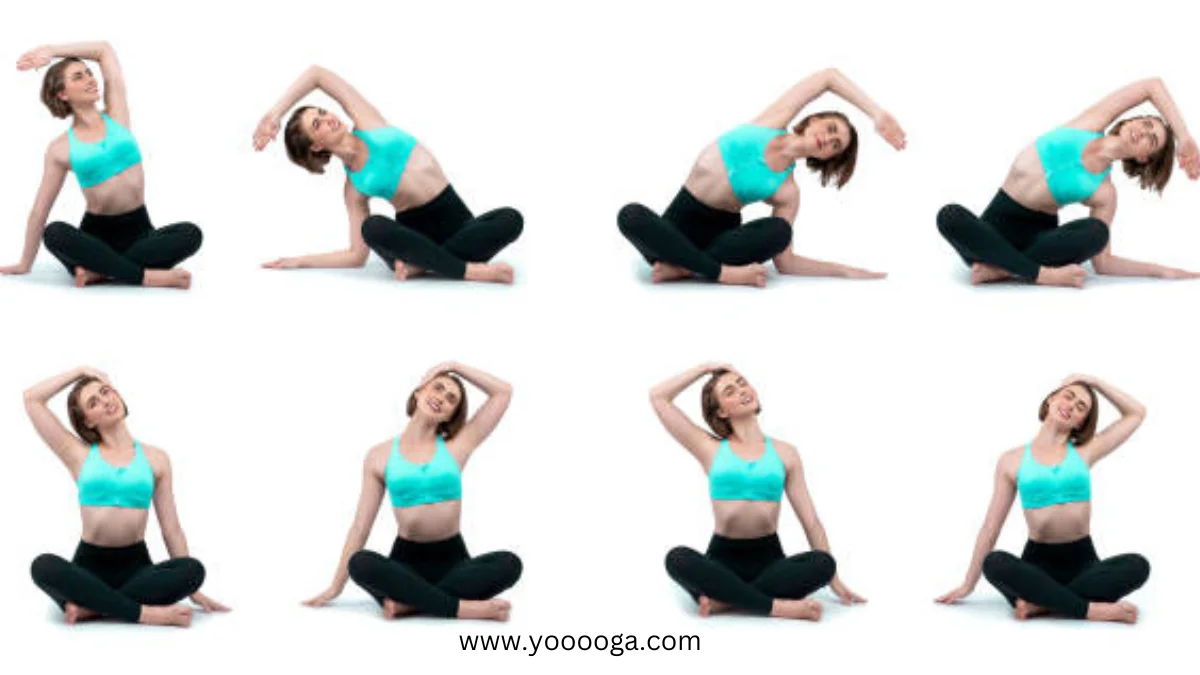YOGA
What Is Slow Flow Yoga? Slow Flow Yoga Sequence for Beginners

For beginners, it is difficult to keep up with fellow students in Ashtanga yoga classes. The intensity and fast flow make it us hard for us to maintain stable breathes.
This is what trigger me to the slow flow type: a type of yoga form that offers all the benefits of vinyasa yoga while giving you enough time to pause, adjust, and breathe. Slow flow yoga is deeply relaxing and relatively easier for beginners to follow. It also helps you connect more deeply with your body, breath and inner journey, especially for those who just start practice yoga.
Table of Contents
What is Slow Flow Yoga?
Slow flow yoga is a low impact, low intensity yoga style that is ideal for beginners, younger practitioner and elderly yogis. The best about it is that it still has the rhythm of yoga but without the rush.
Slow flow is all about slowing down and concentrating on your poses and breathes. New practicers will love it as a way to go deeper into their practice. On the other hand, advanced yogis may find it to be lacking of challenge and not offering enough of a workout.
7 Benefits of Slow Flow Yoga
- Better alignment due to longer pause
- Enough warmup and better preparation
- Improves strength in muscle fascia and joints
- More user friendly yoga style for beginners
- Better sync of breath and movement
- Easier to use props
- Promotes deeper mind body connection
Slow flow yoga vs Restorative Yoga
What is restorative yoga? Restorative yoga is one of the most relaxing, grounding yoga styles that is very slow paced and aiming toward deeper stretch and in this way allowing letting go of stress, anxiety, and tension in the physical body.
Slow flow yoga and restorative yoga share a similarity, they both place emphasis on spending time in each yoga asana, taking a bit more time for practicers to adjust and settle into the shape, getting a better understanding of what happens in body, mind, and spirit while we are there.
Restorative yoga is very still, yet slow flow is active, yet unhurried. Unlike slow flow yoga, restorative yoga does not does not “flow” between poses. Restorative yoga involves holding deep stretches for long periods of time, whereas slow flow just hold pose for just a few rounds of breath.
Structure of A Slow Flow Yoga Sequence
Based on a 60 minute session structure, a slow flow yoga sequence will have a very similar class structure to a power yoga class simply with fewer poses per section, also probably simpler transitions, as well as longer pause to explore every postures in the sequence, for at least 3-5 breaths.
The structure can vary from session to session, but there is a general way to it:
- 15 minutes of warm up: movements of the spine and opening up the body to prepare
- 25 to 30 minutes of flow; the easiest way and most common poses in slow flow sequence is sun salutation. Each pose will be performed for 3-5 breaths.
- 15 to 20 minutes of cool down: a set of yoga pose to cool down the whole body and leave the last 5-10 minutes for savasana.
A Slow Flow Yoga Sequence For Beginners
First, 10 to 15 minute warm up.
- Alternate nostril breathing
- Neck release
- Cat cow flow for spinal waves
Second, 20 to 30 minutes of slow flow yoga,. Rather than moving with every single breath, each pose will be held for several rounds of breath in and out.
- Mountain pose
- Raised arms pose
- Standing forward bend
- Half lift
- Plank pose
- Low plank pose
- Upward facing dog pose
- Downward facing dog pose
- Half lift
- Forward fold
- Raised arms pose
- Mountain pose
Lastly. 15 – 20 minutes of cool down
- Seated forward bending
- Dragon pose
- Child pose
- Side lying pose
- Corpse pose
-



 GENERAL2 weeks ago
GENERAL2 weeks agoUncovering the World of кинокрадко: The Dark Side of Film Piracy
-



 GENERAL2 weeks ago
GENERAL2 weeks agoUnveiling the Art of преводсч: How Translators Bridge Language Barriers
-



 GENERAL2 weeks ago
GENERAL2 weeks agoThe Journey of iamnobody89757: From Anonymous User to Internet Sensation
-



 YOGA4 weeks ago
YOGA4 weeks ago4 Person Yoga Poses for Beginners















